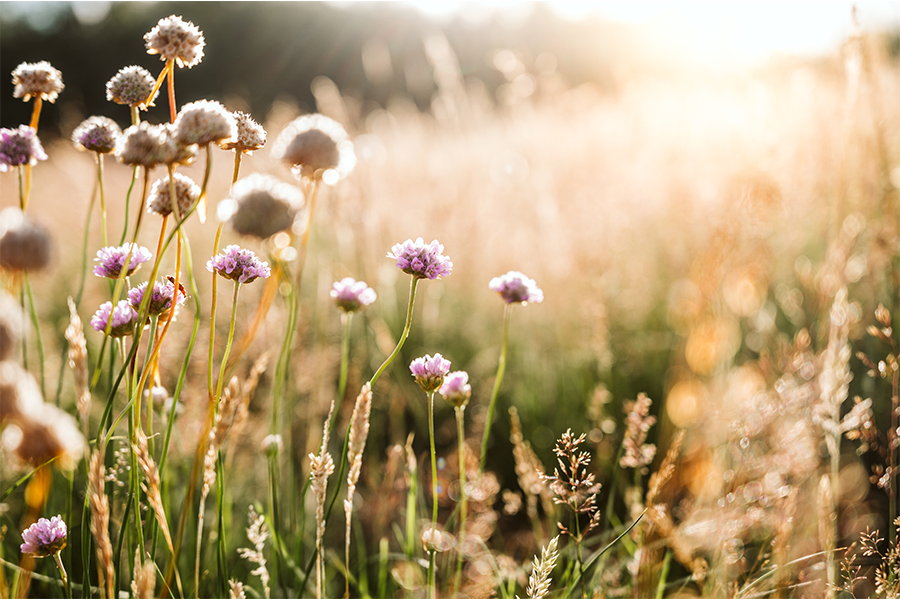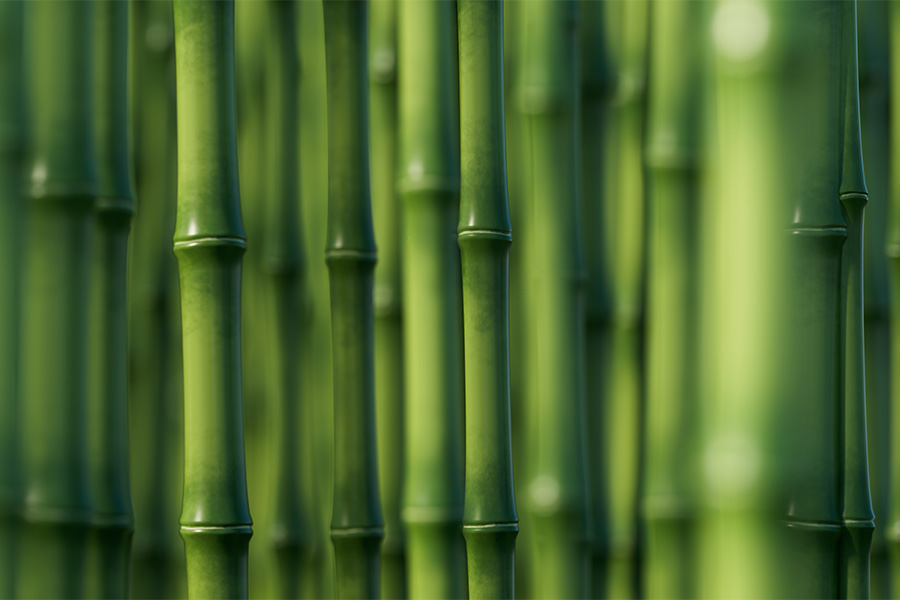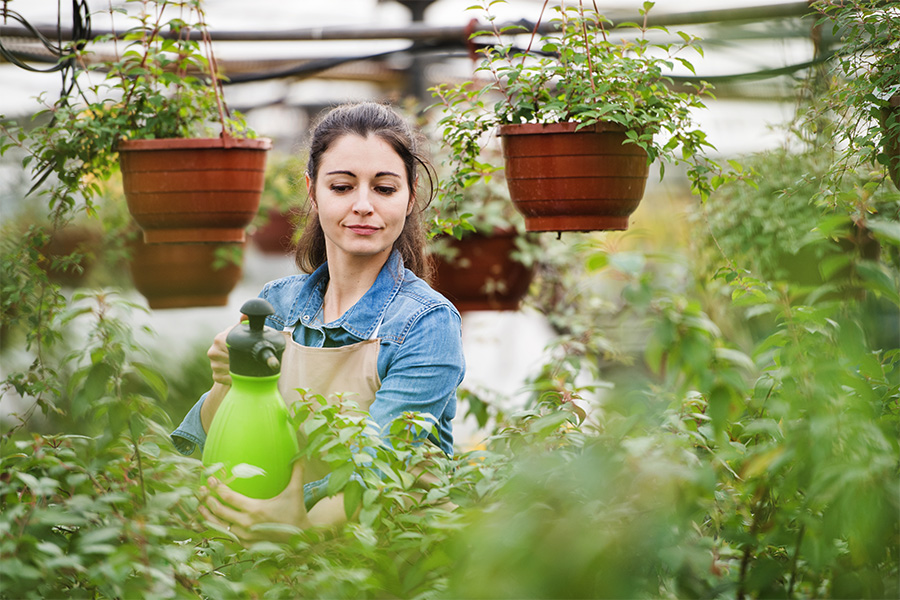Horticulture
-

When the peach tree moves into its bearing years a shift in emphasis from exclusive attention to vegetative development for building a tree structure to maintaining a balance enough vegetative growth to promote adequate fruiting wood and return bloom for the following season’s fruit crop and managing the current season’s fruit crop.
|
-

Essential to successful peach tree culture is selection of a location that provides adequate sunlight, cold air drainage and water drainage.
Kathryn C. Taylor and Dario Chavez
|
-

A relatively new peach tree training system is being adopted by some southeastern peach growers; it is an easy, low-maintenance system that can be used even in the home orchard.
Kathryn C. Taylor and Dario Chavez
|
-

Grower experiences have proven milled pine bark to be an excellent growing substrate for southern highbush blueberries. Although milled pine bark shares many characteristics with good blueberry soil, fundamental differences exist and need to be understood for rapid growth of young plants and high blueberry yields.
Gerard W. Krewer, John M. Ruter, and Erick Smith
|
-

This publication is a comprehensive guide to growing and identifying native wildflowers suitable for planting in Georgia. The term “wildflower” in this publication is a general term used to define both annual and perennial native herbaceous plants with showy flowers that have evolved with an ecosystem and grow naturally without either direct or indirect human intervention.
NOTE: This publication is large and may take several minutes to load.
Bodie V. Pennisi
|
-

C 1011
Home Garden Potatoes
This resource details selecting the right types of potatoes, proper planting, maintenance and troubleshooting problems.
Bob Westerfield and Caley Anderson
|
-

This publication explores color relationships in the landscape, ways of seeing plants in terms of color, and various ways to use color successfully in plant selection and landscape design and composition.
Bodie V. Pennisi and Matthew Chappell
|
-

Research has shown that a landscape that has been carefully planned and installed and properly managed will be healthier, less prone to insects and diseases, and will require less irrigation. Georgia’s landscape and turf industry and UGA Cooperative Extension are urging citizens to implement inexpensive and easy-to-perform landscape management practices that decrease the need for irrigation and/or lead to greater efficiency of irrigation when it is needed. This publication provides tips about planning, planting and maintaining the landscape to save water.
Gary L. Wade, Bodie V. Pennisi, Clint Waltz, and Matthew Chappell
|
-

Integrated pest management (IPM) is a sustainable approach to managing pests by combining biological, cultural, physical and chemical tools in a way that minimizes economic, health and environmental risks. One hundred and seventy-eight horticultural producers were surveyed in 2009-10 to determine the IPM practices used by growers in the southeastern U.S. Growers were asked a series of questions about monitoring or scouting for pests, prevention practices or interventions used to control pests.
Jean Williams-Woodward
|